How to Protect Your Eyes When You Have Diabetes

What Diabetes Can Do to Your Eyes
Having this disease means you're more likely to have eye problems, including diabetic retinopathy, diabetic macular edema, cataracts, and glaucoma. They can cause poor vision and even the loss of your sight. The best way to prevent these issues is to manage your diabetes well so you avoid high blood sugar that can lead to damaged blood vessels and proteins damaged by glucose.

Exercise Regularly
Working out is a trifecta: Moderate exercise lowers your blood sugar and your blood pressure, and it raises your "good" HDL cholesterol – and that's all good news for the blood vessels in your eyes. Even a brisk walk and cleaning the house count as physical activity. Most people should get at least 30 minutes most days. Check with your doctor before you start a new fitness program.

Eat Fish
Omega-3s in fatty fish like salmon, halibut, albacore tuna, mackerel, and sardines have been linked to lower rates of diabetic retinopathy. Scientists think they help guard against inflammation and the abnormal growth of blood vessels in the eyes. Omega-3s also help your cholesterol, which is good for your blood vessels and therefore good for your eyes. Two servings a week should do it.

Meditate
Stress can raise your blood glucose as well as your blood pressure. Experts say meditation can help you sort out pressing problems from bothersome worries and let go of nagging, useless thoughts. Ease your mind and relieve your body! Check out a mindfulness meditation app, talk to a therapist, or try a group meditation class.
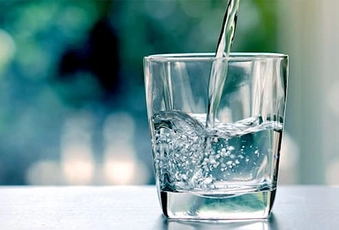
Drink More Water
Dehydration can raise blood sugar levels. But since sodas and juices may bump up your glucose, sipping on water is safer. If you're not a fan of the plain stuff, infuse it with fruit or herbs (think strawberries and mint) for flavor without a sugar spike.

Sport Shades
The sun's powerful UV rays can damage your eyes and raise the odds of getting eye problems, including cataracts. Since you can't change the fact that you have diabetes, do something about what you can control. Even on cloudy days, wear sunglasses that block at least 99% of UV-A and UV-B rays.
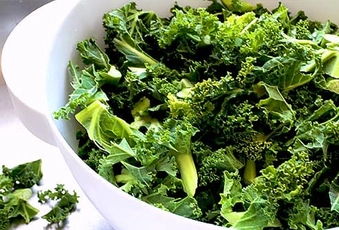
Pass the Greens, Please!
Dark, leafy greens such as kale, spinach, romaine lettuce, and collard and turnip greens have a lot of the nutrients lutein and zeaxanthin. These antioxidants help protect cells in your retina and, with vitamin E, may help you avoid cataracts, too. Broccoli, peas, corn, and eggs are also good sources.
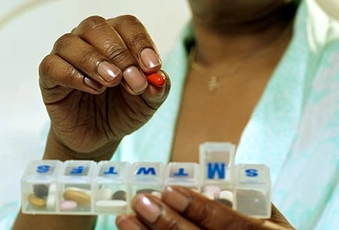
Take Your Medication Correctly
In order for it to do its job, you have to follow the directions. That includes when, how, and how much. If you take insulin, store it at the right temperature, out of sunlight. Let your doctor know if your blood sugar often measures too high or too low. Your dose, or the kind of medicine you take, may need to be adjusted.
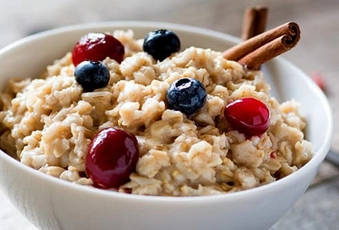
Favor Fiber
It slows the release of glucose into your system. And foods with a lot of soluble fiber can help lower your "bad" LDL cholesterol level, too. Nutritionists recommend at least 20-30 grams of fiber per day. So start your morning with oatmeal or an oat-based cereal. Other good sources include whole grains and barley, beans and lentils, nuts, eggplant, okra, and fruits with pectin (such as apples, strawberries, grapes, and citrus).

No Cigarettes
Smoking isn't just bad for your health – it's bad for your eyes. For example, you're twice as likely to get cataracts. And that's on top of the higher odds for problems because of your diabetes. Smokers have a greater chance of getting diabetic retinopathy and having it get worse faster.
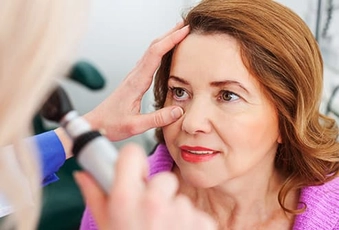
See Your Eye Doctor
You may not notice a change in your vision when an eye problem starts. A dilated eye exam at least once a year helps your eye doctor get a better look inside your eye, at the retina and optic nerve, to check for the first signs of damage. When you catch diseases early and get treatment right away, you may hold off more serious problems later.
Show Sources
Photo Credits:
1) iStock/Getty Images
2) iStock/Getty Images
3) iStock/Getty Images
4) iStock/Getty Images
5) iStock/Getty Images
6) iStock/Getty Images
7) iStock/Getty Images
8) iStock/Getty Images
9) iStock/Getty Images
10) iStock/Getty Images
11) iStock/Getty Images
SOURCES:
National Institute of Diabetes and Digestive and Kidney Diseases: "Diabetic Eye Disease," "Diabetes Diet, Eating, & Physical Activity," "Managing Diabetes."
American Diabetes Association: "Eye Complications," "Factors Affecting Blood Glucose."
Johns Hopkins Medicine: "Diabetes: What You Need to Know as You Age."
Age: "Advanced glycation end products in diabetic and non-diabetic human subjects suffering from cataract."
American Academy of Ophthalmology: "Top Five Steps to Help Prevent Diabetic Eye Diseases," "Omega-3 Fatty Acids Reduce the Risk of Diabetic Retinopathy," "The Sun, UV Radiation and Your Eyes," "Four Fantastic Foods to Keep Your Eyes Healthy."
Mayo Clinic: "Top 5 lifestyle changes to improve your cholesterol," "Diabetes management: How lifestyle, daily routine affect blood sugar."
American Journal of Nursing: "Omega-3 Fatty Acid Intake Lowers Risk of Diabetic Retinopathy."
Cleveland Clinic: "If You Have Diabetes, Can Omega-3s Protect Your Eyes?"
Harvard Health Publishing: "Mindfulness meditation may ease anxiety, mental stress," "Glycemic index and glycemic load for 100+ foods," "11 foods that lower cholesterol."
American Optometric Association: "Lutein & Zeaxanthin."
All About Vision: "How Smoking Harms Your Vision."